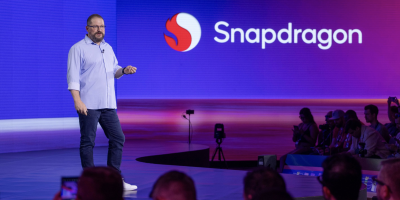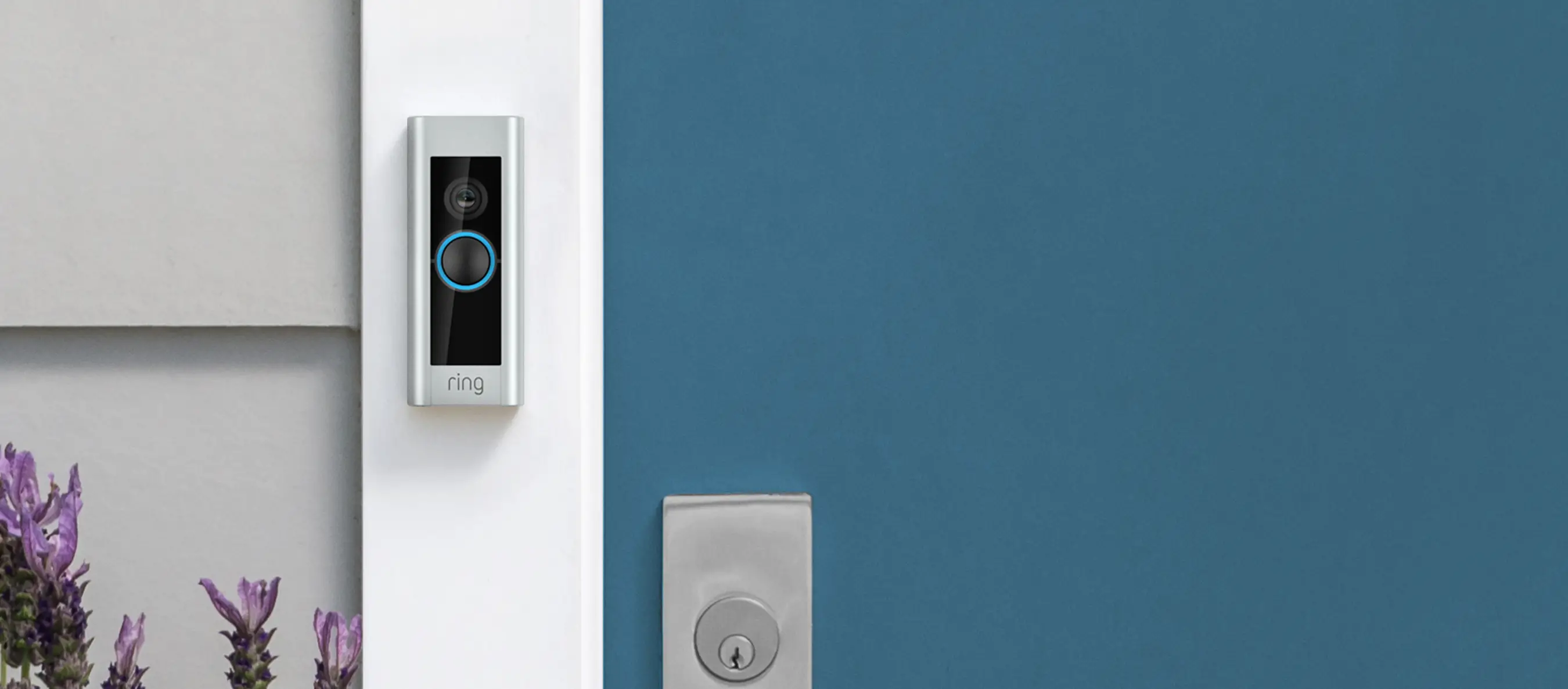After months of endless leaks and rumors, Google has finally – and officially – taken the wraps off its new Pixel 9 series phones. As with its predecessors, the vanilla Pixel 9 serves as the most affordable model of the new phones, and it does bring a lot of new things to the table including a new design, processor, and software features.
With that in mind though, is the Pixel 9 worth upgrading to, especially if you’re coming from a fairly-recent Android flagship? Let’s take a look.
![]()
One of the biggest changes you’ll notice with the Pixel 9 is the new design which combines both old and new aesthetics. While the phone still retains the signature Pixel camera bar, it now comes with flat sides that evoke a similar look to rival devices like the iPhone. It’s a subjective matter but it’s clear that Google was keen on “evolving” the look of the Pixel series. The phone also comes with IP68 certification, and is available in Obsidian, Porcelain, Wintergreen, and Peony color variants.
The display also packs some changes over older models – the Pixel 9’s 6.3-inch OLED screen comes with the same 1080 x 2424 pixel resolution and 120hz refresh rate as on the Pixel 8, although it gets super-bright at 2,700 nits (versus 2,000 on the Pixel 8), and now features Gorilla Glass Victus 2 for protection.
![]()
As expected, the Pixel 9 is powered by the Tensor G4, Google’s latest first-party chipset. Much speculation has been made online about the G4’s overall performance, and if early benchmarks are to be believed it wouldn’t be that big of a performance upgrade over the Tensor G3 from last year. Thankfully, the Pixel 9 finally starts at 12GB of RAM, although the base model still comes with 128GB of storage, maxing out at 256GB; this entire setup is powered by a 4,700 mAh battery, which outsizes the one on last year’s model.
Of course the biggest highlight of the Pixel 9 is its cameras. If you were looking for a big upgrade however, you might be slightly disappointed. The Pixel 9 packs a 1/1.31” 50MP main sensor with f/1.68 aperture, and a 1/2.55” ultrawide sensor with f/1.7 aperture at 48MP, a huge leap over the older 12MP sensors in previous models. Meanwhile the front camera sticks with a humble 10.5MP sensor, although it now comes with autofocus as well.
![]()
The Pixel 9 is priced starting at $799 for buyers in the US, which is a bit more expensive compared to the $699 launch price of the Pixel 8. With that being said, one of the biggest appeals of Google’s vanilla flagships in the past was the much more wallet-friendly price, something that’s kinda missing this time around.
Given that it’s considerably more expensive now – at the same price of the Galaxy S24, in fact – there are some factors to take into consideration, such as the Tensor G4’s performance especially when compared to Samsung’s base model flagship device. On the other hand, the sleeker design, brighter display, larger battery and camera performance are highlights to consider, especially if you’re upgrading from a much older Pixel phone.








Comments